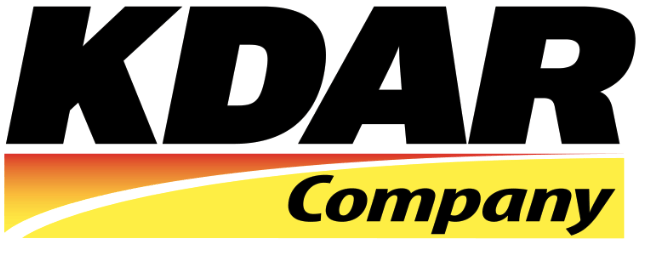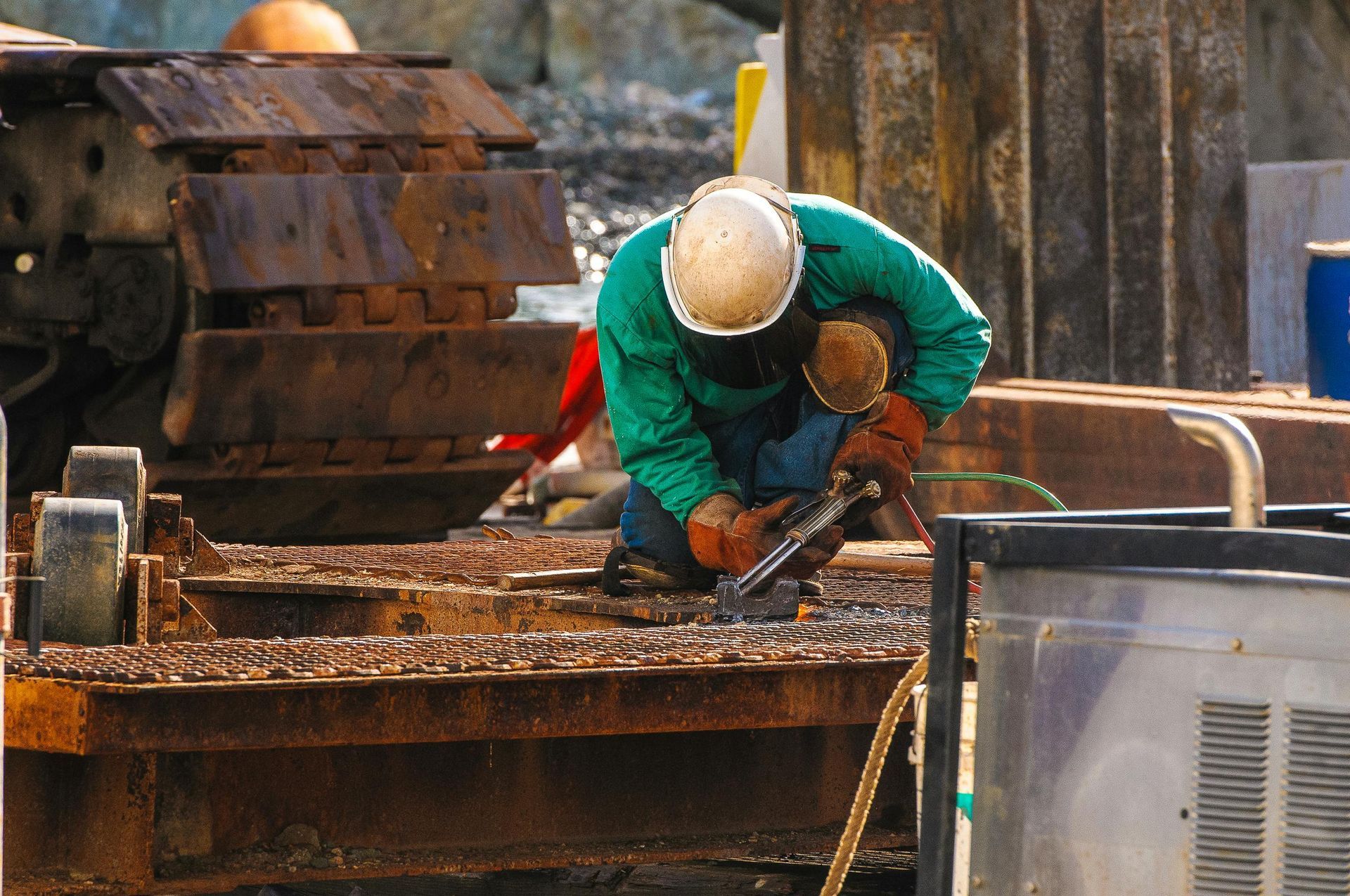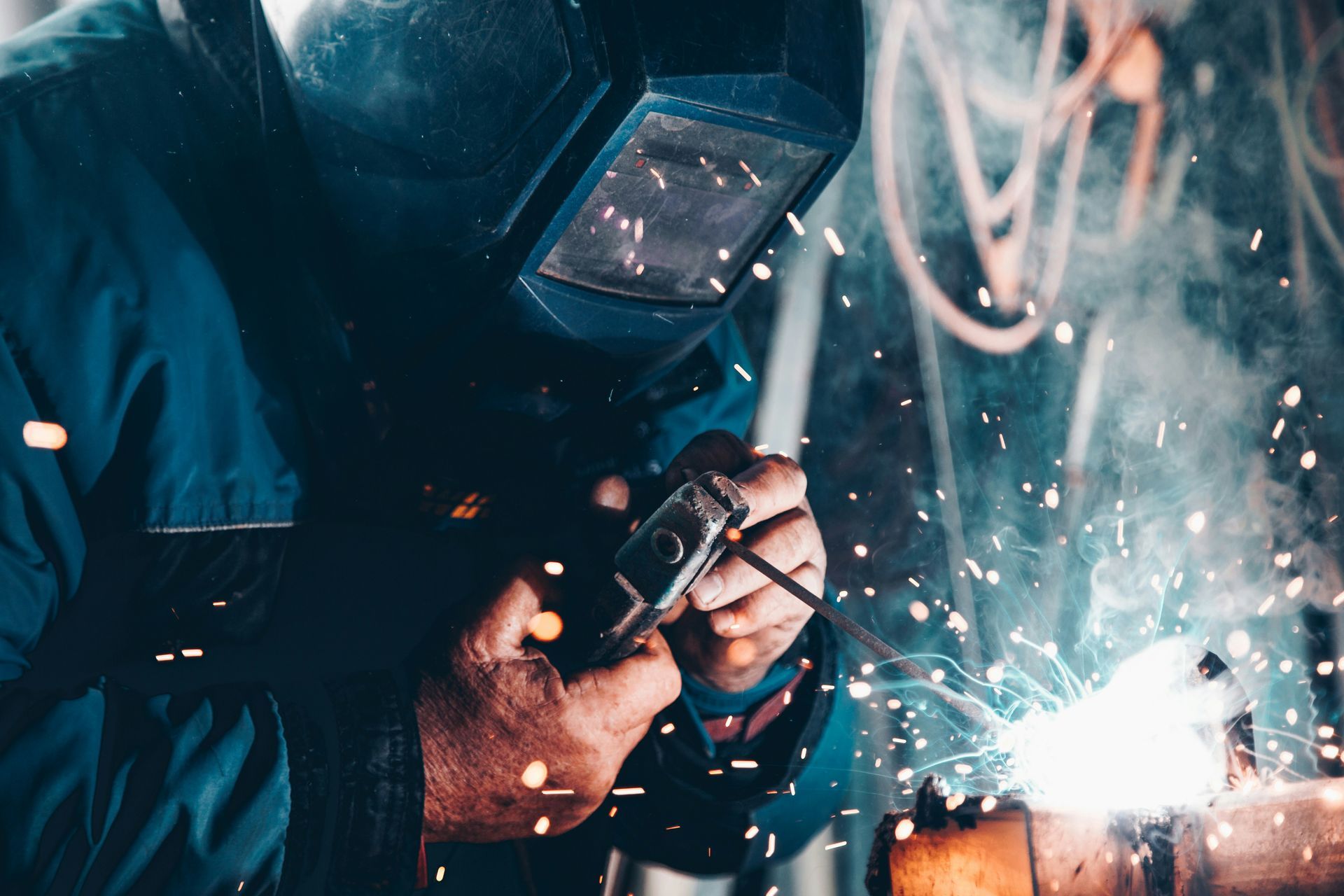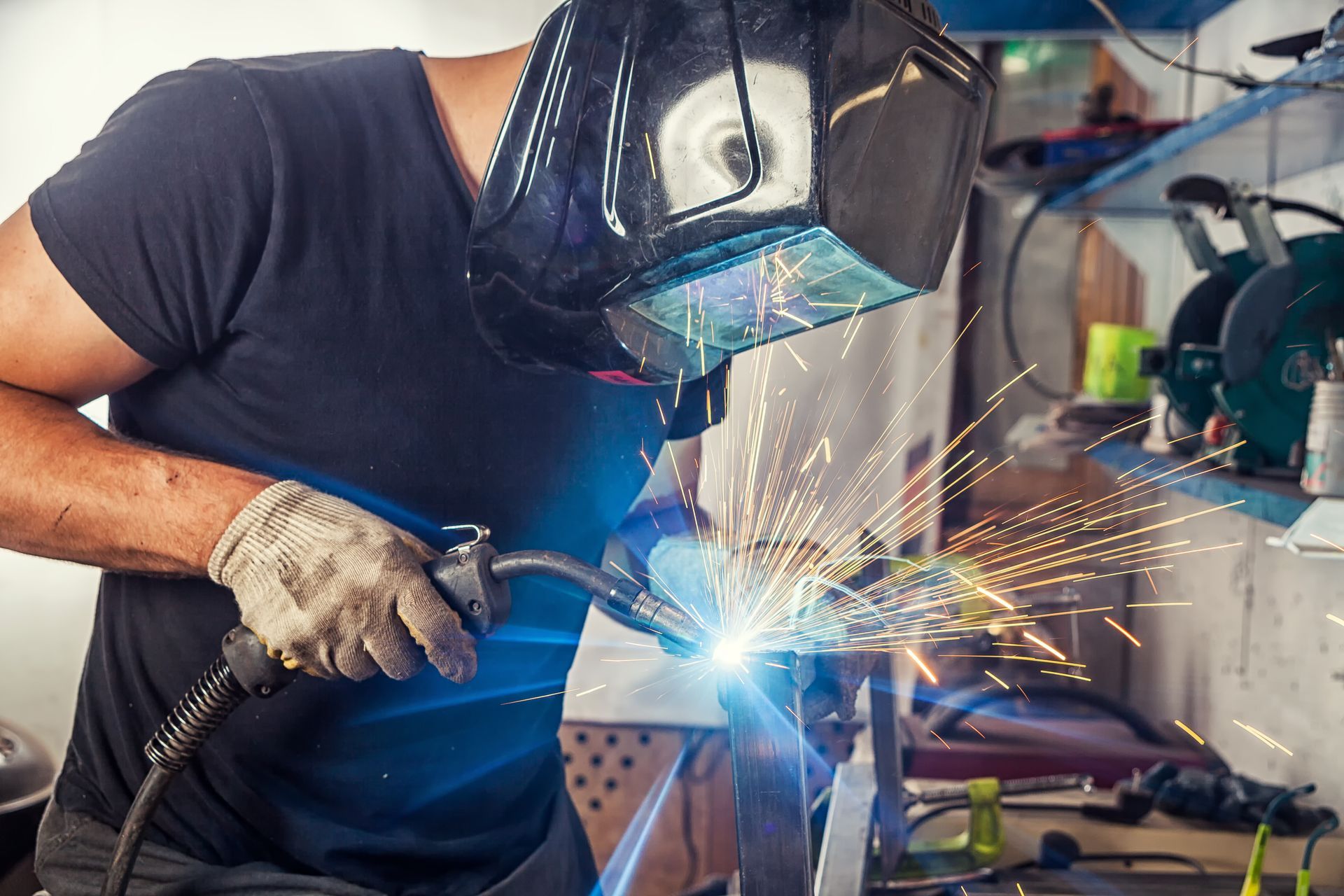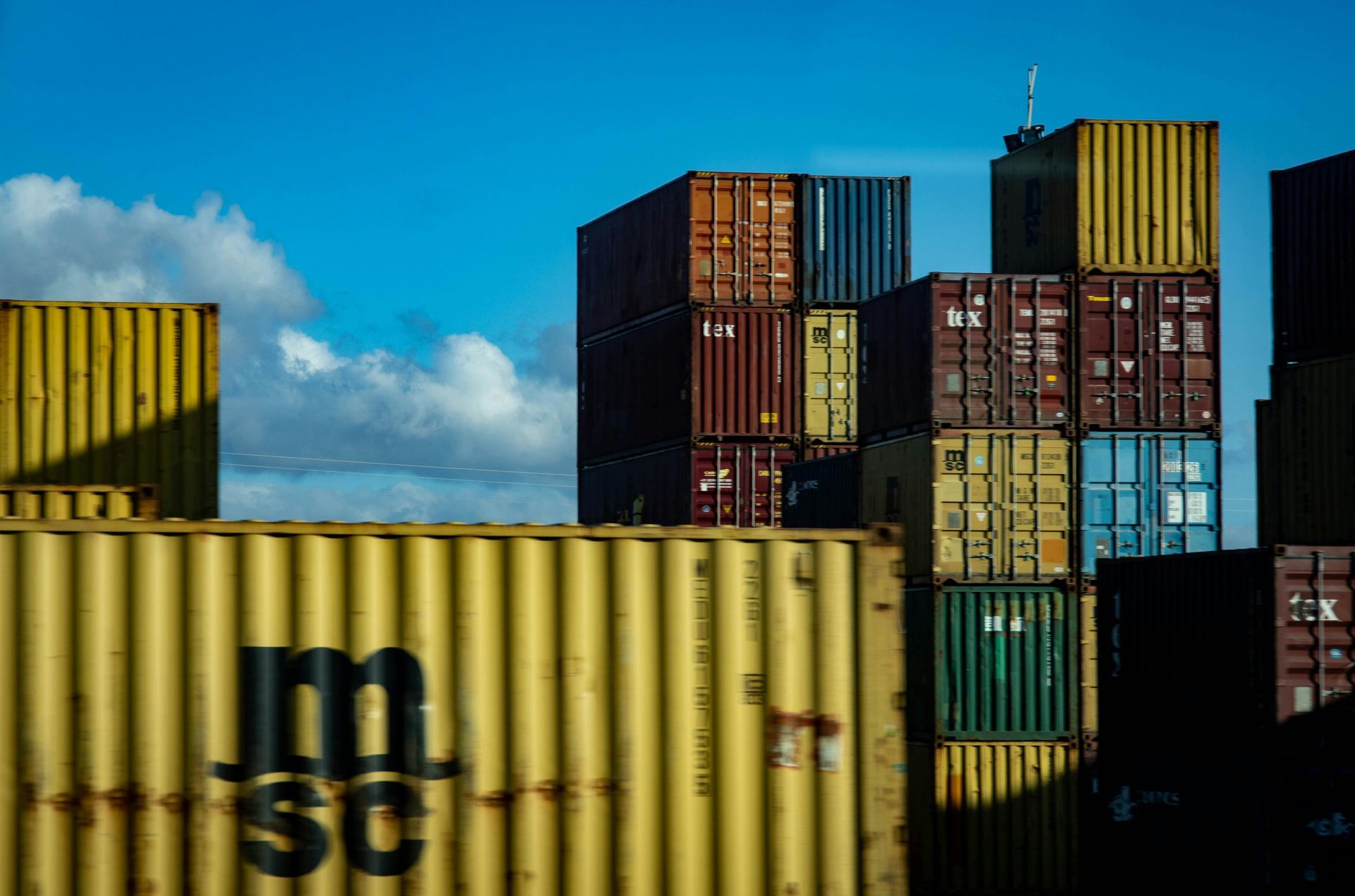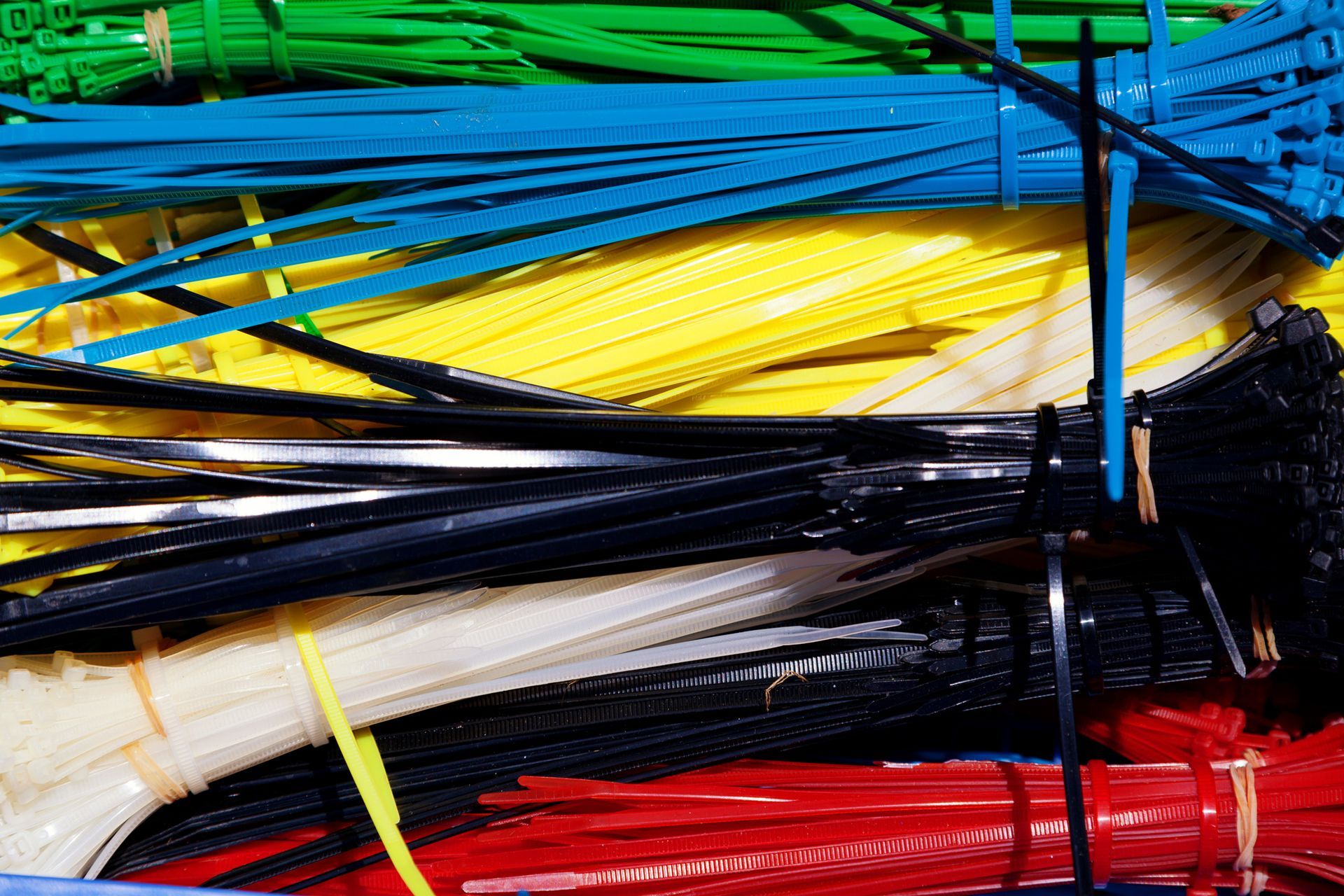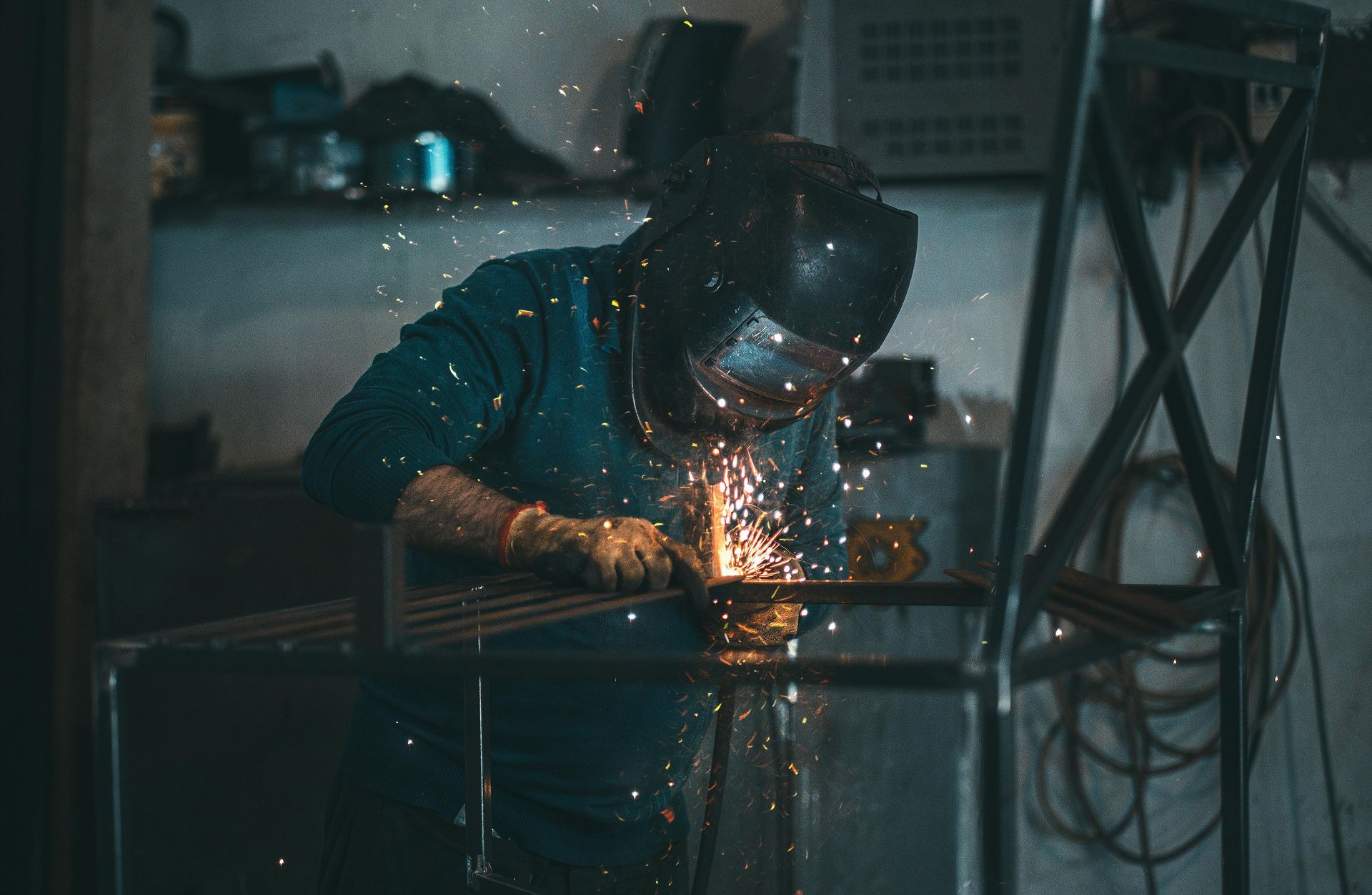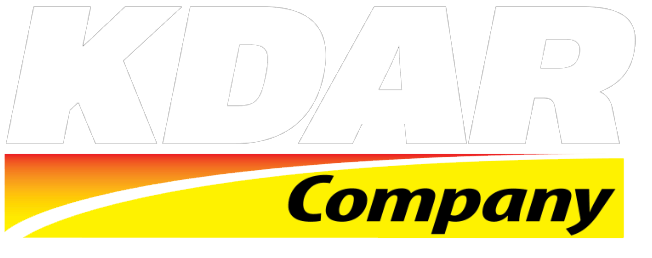Navigating Supply Chains in 2023
All eyes have been on the supply chain for the last three years. With all the changes that happened on global and local scales in 2020, supply chains have been constantly disrupted since. As we begin 2023, we look at which supply chain trends will continue and which may return to pre-pandemic levels. This year will bring changes, challenges, and opportunities for business owners, consumers, and everyone in between.
Procurement
The initial step in the supply chain is procurement, simply the process of getting the materials or goods a business needs. The supply chain transforms these goods into the products a company sells and distributes them to customers. Since procurement is at the beginning of the supply chain, any procurement issues may disrupt the rest. Analysts predict that procurement teams will need to focus on digital transformation, sustainability, and cybersecurity risks this year. However, procurement, in general, should be back to pre-pandemic levels and "returning to normal."
Shipping Containers
Shipping container costs have a significant impact on the supply chain. Major trade routes between China and the U.S. West Coast or Northern Europe saw an astronomical increase in shipping container costs from 2020 to the beginning of 2022. Now, shipping container costs (from China to the U.S.) have
dropped by 84% since April 2022, and this trend is expected to continue through 2023. Even though these prices are dropping, it is worth noting that even these falling prices are still higher than what shipping container costs were in 2019.
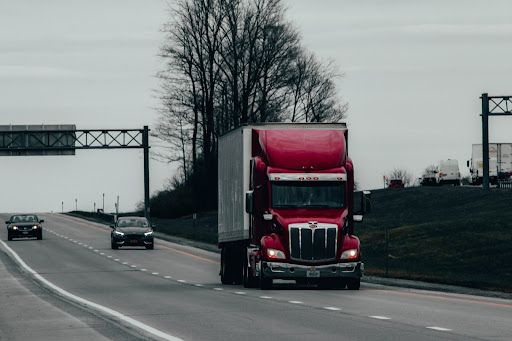
Port Congestion
Another supply chain issue that arose in 2020 and beyond was port congestion. Many global shipping containers got held up at ports and thus disrupted the supply chain. Lower demand is setting in on many scales right now due to high inflation, and this lower demand is easing port congestion. The port congestion made many things difficult, but it also challenged supply chain experts to think of solutions to mitigate this problem in the future.
Overland Transportation
In the U.S., overland transportation via trucks or railways has been essential for decades. This will continue into 2023, although many companies are looking into EV truck transport. The technology is here, with some industry leaders already switching to electric fleets, but the infrastructure of charging stations still needs work. Overland transportation will be a vital section of the supply chain to watch in the coming decade.
Inventory and Warehouse Development
The warehouse is another critical aspect of the supply chain. Throughout the past few years, inventory was low in many industries or mismatched from other supply chain disruptions. As these other disruptions ease, warehouses should be able to keep their inventories more in check. Existing warehouses are also expected to adopt new technologies in 2023, including automation, IoT tech, and more. However, as rent prices for warehouse space increase, development may decrease.
Inflation
An inflated economy affects almost every aspect of the supply chain. Most countries and economic environments have been seeing inflation, and this will continue in 2023. There are tips for how business owners, retailers, and more can handle inflation and its impact, but sometimes the most effective way is to weather the storm. Some businesses may need to make cuts or changes to their model – though it likely won't be in 2023, the inflation storm will pass.
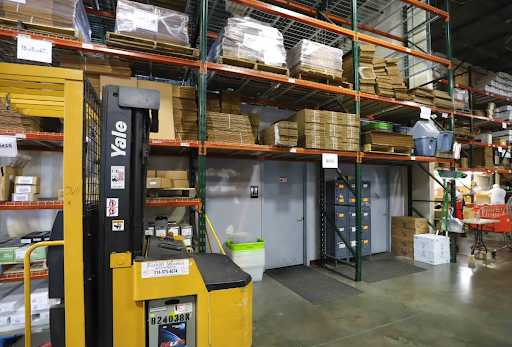
E-Commerce Sales
When many brick-and-mortar stores had to close in 2020 temporarily, e-commerce stepped up to the plate. Although e-commerce sales took a hit when in-person shopping became available again, many consumers found that they enjoyed the convenience that a well-run e-commerce store can offer. Business analysts predict that by 2025, over 25% of retail goods will be sold through online channels. Thus, retailers who have not had an e-commerce aspect to their business yet may fall behind.
Work With KDAR Company
Supply chains will always take time to navigate. Here at KDAR, we take our role as a wholesaler for welding equipment, cable ties, and more seriously. Our retailers can trust us to provide dedicated service and industry expertise. Contact us today to learn more!
